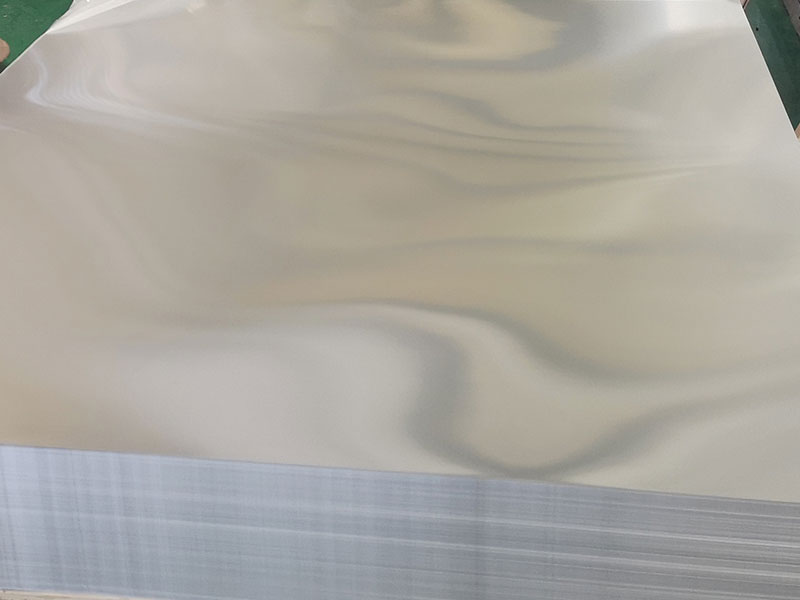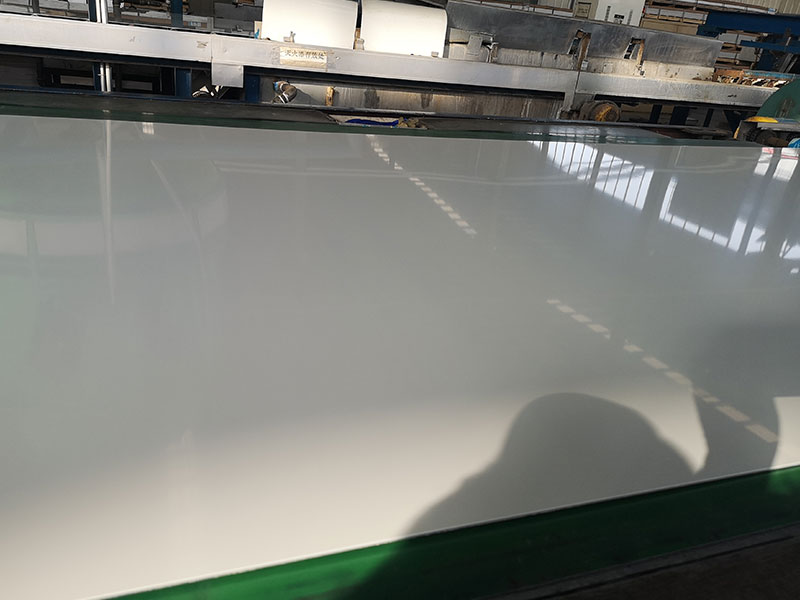0.5mm Aluminum Sheet 2024 2014 5051
When it comes to selecting the perfect aluminum sheet for specialized applications, thickness alone does not tell the full story. The choice of alloy and temper fundamentally determines the sheet’s mechanical properties, corrosion resistance, and overall suitability for industrial or commercial needs.
Why 0.5mm Thickness?
A 0.5mm sheet may seem thin, yet this specific thickness presents a great balance of flexibility, strength, and weight saving. It’s flexible enough for intricate forming processes but dense enough to provide mechanical strength required in moderate structural components or protective layers.
Navigating Aluminum Alloys: 2024, 2014, and 5051
1. 2024 Aluminum Sheet
Overview:Approved under ASTM B209, the 2024 alloy stands out as a high-strength aluminum alloy commonly used in aerospace applications due to its excellent fatigue resistance and good machinability. Its primary components include copper (~4.4%), magnesium, and manganese, making it Type 2xxx. While not highly corrosion-resistant, protective coatings enhance usability.
Parameters:
- Thickness: 0.5mm
- Temper Options: T3, T4, T351 (solution heat-treated and naturally aged variants for enhanced mechanical properties)
- Density: Approximately 2.78 g/cm³
- Yield Strength (T3 Temper): ~325 MPa
- Ultimate Tensile Strength (T3 Temper): ~470 MPa
Chemical Composition Table (wt%):| Element | Min | Max ||-----------|-------|-------|| Copper (Cu) | 3.8 | 4.9 || Magnesium (Mg) | 1.2 | 1.8 || Manganese (Mn) | 0.3 | 0.9 || Iron (Fe) | | 0.5 || Silicon (Si) | | 0.5 || Zinc (Zn) | | 0.25 || Titanium (Ti) | | 0.15 || Remainder Aluminum (Al) | Balance |
Typical Applications: Aircraft components, vehicle chassis parts, military hardware. The thickness attribute allows fabrication into lightweight panels, reinforcements, commonly used where fatigue resistance is critical.
2. 2014 Aluminum Sheet
Overview:Similar to 2024 but often cited as offering slightly improved machinability and corrosion resistance, the 2014 alloy belongs to the aluminum-copper family (2xxx series) with about 4.4% Copper. It also follows ASTM B209 and AMS 4037 standards for wrought aluminum.
Parameters:
- Thickness: 0.5mm
- Temper Options: T6 (solution heat treated and artificially aged for increased strength), T4
- Yield Strength: ~345 MPa (T6)
- Ultimate Tensile Strength: ~470 MPa (T6)
Chemical Composition Table (wt%):| Element | Min | Max ||-----------|-------|-------|| Copper (Cu) | 3.9 | 4.5 || Magnesium (Mg) | 0.2 | 0.8 || Manganese (Mn) | 0.3 | 0.9 || Iron (Fe) | | 0.7 || Silicon (Si) | | 0.5 || Zinc (Zn) | | 0.25 || Titanium (Ti) | | 0.2 || Remainder Aluminum (Al) | Balance |
Application Highlights: Precision machined parts in aviation and automotive enterprises, aircraft fittings and die casting that demand a good junction of strength and lightweight, especially benefitting from its enhanced machinability in 0.5 mm form.
3. 5051 Aluminum Sheet
Overview:Differing widely from the two copper-rich alloys, 5051 belongs to the 5xxx series, featuring magnesium primarily (approx 2.5%) for enhanced corrosion resistance and excellent weldability. This alloy is well-suited to oxidizing environments, thus offers a marine and architectural edge.
Parameters:
- Thickness: 0.5mm
- Temper Options: H14, H24 (strain hardened combined with partial annealing providing varied strength)
- Yield Strength (H14): ~150 MPa
- Ultimate Tensile Strength (H14): ~270 MPa
Chemical Composition Table (wt%):| Element | Min | Max ||-----------|-------|-------|| Magnesium (Mg) | 2.2 | 2.8 || Silicon (Si) | | 0.25 || Iron (Fe) | | 0.4 || Copper (Cu) | | 0.28 || Manganese (Mn) | | 0.3 || Chromium (Cr) | 0.15 | 0.35 || Zinc (Zn) | | 0.2 || Titanium (Ti) | | 0.2 || Remainder Aluminum (Al) | Balance |
Applications: Architectural panel cladding, marine components, transport containers subject to wet/corrosive environments – where a combination of moderate strength and enhanced corrosion resistance is paramount.
Adhering to Standards
All three alloys in the 0.5mm sheet form typically correlate with the ASTM B209 standard—the recognized norm for aluminum and aluminum-alloy sheet/bars/plates. Customers may also require products conforming to AMS (Aerospace Material Standards), MIL (Military Specifications), or EN (Euro Norm) standards depending on application and origin.
Alloy Tempering and Implementations
The temper designation influences mechanical and physical depth of performance. Common tempers in these alloys are:
- T3: Solution heat-treated, cold worked, stabilized—provides good corrosion resistance and moderate strength.
- T4: Solution heat-treated and naturally aged to achieve tensile properties, softer form factor facilitating complex manufacture.
- T6: Solution heat-treated and artificially aged—maximizes strength with some trade-off in machinability and corrosion.
- H14 and H24: Cold worked tempers for the 5xxx series, balancing dent resistance with flexibility and corrosion response.
temper vs thickness allows engineers to optimize formability versus functional needs while preserving light gauge benefits at 0.5mm.
https://www.aluminumplate.net/a/05mm-aluminum-sheet-2024-2014-5051.html







